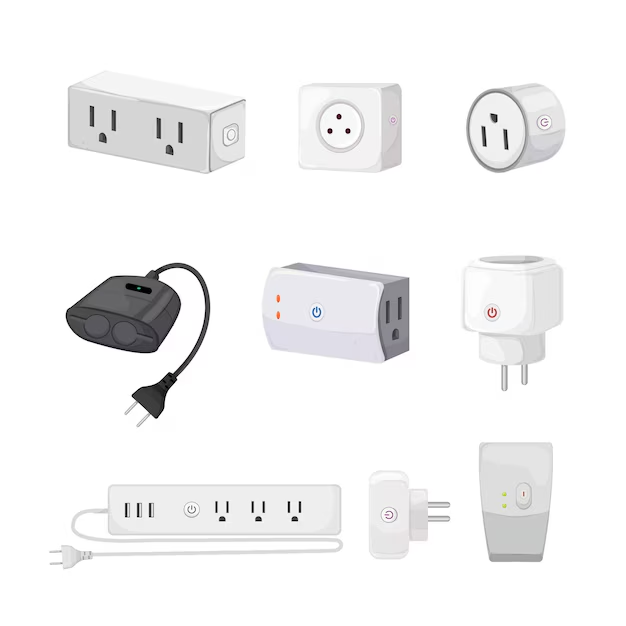
In today’s modern homes, cables play a crucial role in connecting devices, powering appliances, and ensuring seamless communication. With advancements in technology and a growing emphasis on sustainability, the cable industry is evolving rapidly. This article will guide you through the top 10 essential cables every homeowner should have, incorporating recent trends and innovations in the field.
Introduction
The world is moving towards a more connected and sustainable future, with homes becoming hubs for smart technologies and energy-efficient systems. As we delve into 2025, understanding the latest trends in the cable industry is essential for making informed decisions about your home’s wiring needs. From power cords to fiber optic cables, each type of cable serves a unique purpose, ensuring that your devices are powered, connected, and safe.
Top 10 Essential Cables for Every Home 2025
1. Power Cords
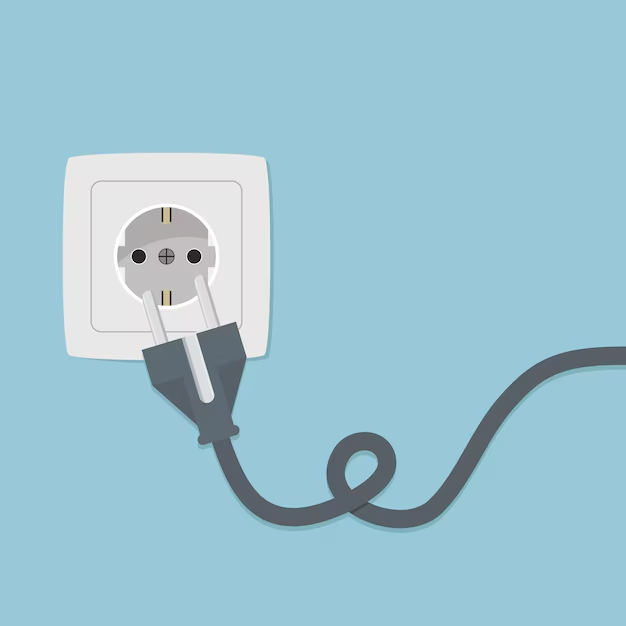
- Description: These are the most basic yet essential cables for connecting devices to power outlets.
- Types: Standard power cords, extension cords, and surge protectors.
- Importance: Ensures safe and efficient power supply to appliances. With the rise of smart home devices, high-quality power cords are crucial for maintaining reliability and safety.
2. USB Cables
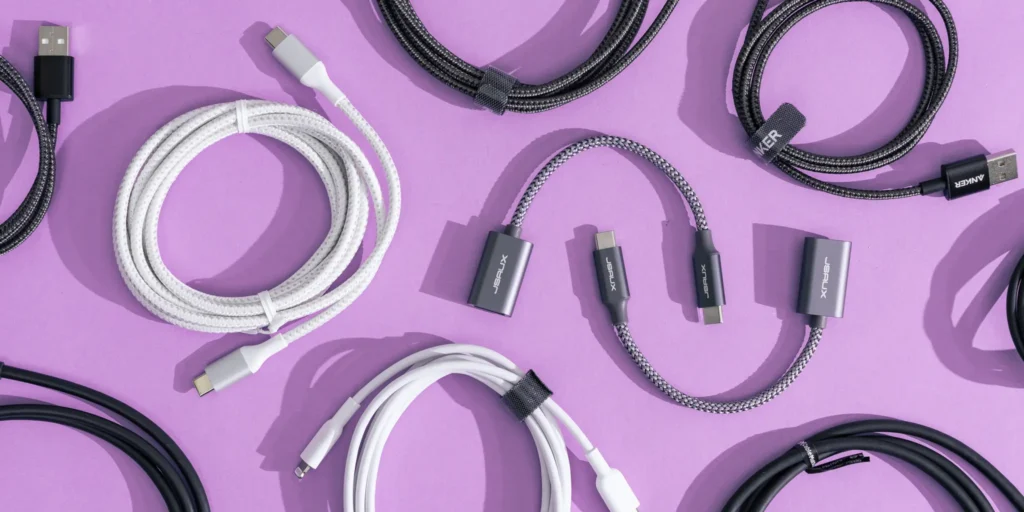
- Description: Used for charging and data transfer between devices.
- Types: USB-A to USB-C, USB-C to USB-C.
- Importance: Essential for smartphones, tablets, and laptops. The shift towards USB-C due to its faster charging and data transfer capabilities makes it a must-have in modern homes.
3. HDMI Cables

- Description: Connects devices like TVs, projectors, and gaming consoles.
- Types: HDMI 2.0, HDMI 2.1.
- Importance: Provides high-quality video and audio transmission. With the advent of 4K and 8K resolutions, HDMI 2.1 cables are becoming increasingly popular for their ability to support higher bandwidths.
4. Ethernet Cables
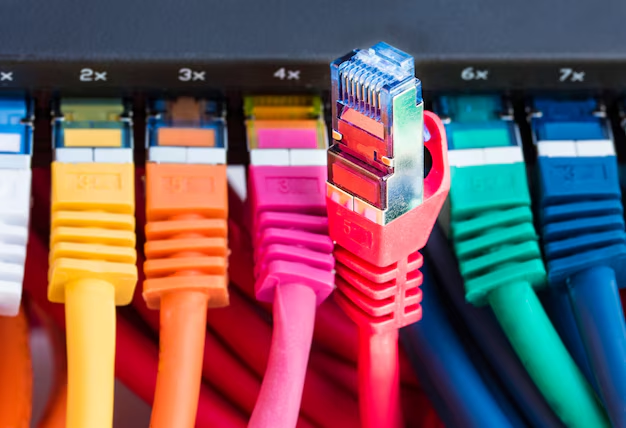
- Description: Used for wired internet connections.
- Types: Cat5, Cat6, Cat7.
- Importance: Offers stable and fast internet connectivity. As smart home devices proliferate, reliable Ethernet connections are essential for seamless communication and data transfer.
5. Audio Cables

- Description: Connects audio devices like speakers and headphones.
- Types: RCA, 3.5mm aux, optical.
- Importance: Enhances audio quality and connectivity. With the resurgence of home entertainment systems, high-quality audio cables are vital for an immersive experience.
6. Coaxial Cables
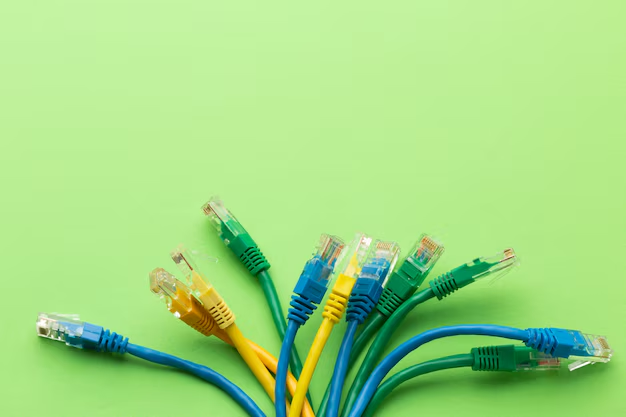
- Description: Used for cable TV and internet connections.
- Types: RG-6, RG-11.
- Importance: Provides reliable TV and internet services. Although fiber optic cables are gaining traction, coaxial cables remain a staple in many homes due to their widespread availability.
7. Extension Cords

- Description: Extends power outlets to reach distant devices.
- Types: Indoor, outdoor, heavy-duty.
- Importance: Increases flexibility in placing devices. With more devices requiring power, extension cords are essential for managing cable clutter and ensuring safety.
8. Power Strips
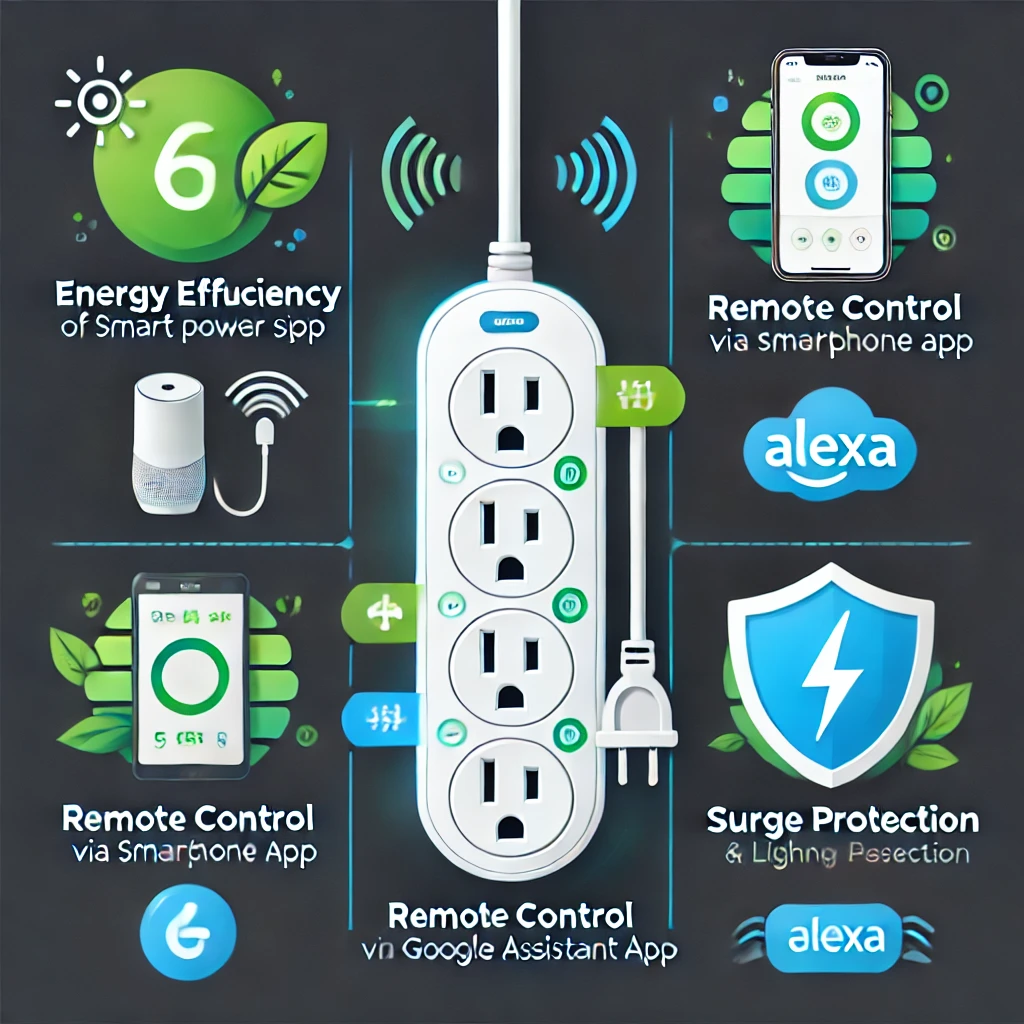
- Description: Offers multiple power outlets in one unit.
- Types: Basic, surge-protected.
- Importance: Organizes cables and protects devices from power surges. Surge-protected power strips are particularly important for safeguarding sensitive electronics.
9. Electrical Cord Adapters

- Description: Converts different types of power outlets.
- Types: Travel adapters, voltage converters.
- Importance: Useful for international travel or different voltage requirements. As global connectivity increases, having the right adapters can ensure that your devices work seamlessly abroad.
10. Wire Nuts or Connectors
- Description: Used for connecting or splicing wires.
- Types: Wire nuts, twist connectors.
- Importance: Essential for DIY electrical projects and repairs. With the rise of smart home automation, knowing how to safely connect and manage wires is crucial.
Recent Trends in the Cable Industry
Electrification of Transportation
The surge in electric vehicles (EVs) is driving demand for specialized cables that can withstand high voltage and harsh outdoor conditions. This trend highlights the importance of durable and efficient cables in supporting sustainable transportation solutions1.
Growth in Renewable Energy
As the world shifts towards renewable energy sources like solar and wind power, there’s an increased need for high-voltage cables capable of transmitting energy efficiently over long distances. This trend underscores the role of cables in supporting sustainable energy infrastructure1.
Rise of Fiber Optic Technology
Fiber optic cables are becoming increasingly popular due to their ability to provide high-speed data transmission. This technology is crucial for supporting 5G networks and smart city initiatives, making it a key component in modern home connectivity1.
Sustainability and Recycling
The cable industry is moving towards more sustainable practices, including the use of eco-friendly materials and recycling processes. This shift reflects a broader societal focus on environmental responsibility and reducing waste1.
Smart Homes and IoT Integration
The proliferation of smart home devices and IoT technologies is driving demand for specialized low-voltage cables that can support these systems efficiently. Shielded cables are particularly important for reducing electromagnetic interference and ensuring reliable performance1.
Choosing the Right Cables
When selecting cables for your home, consider the following factors:
- Safety Features: Look for cables with superior insulation and fire retardant properties to ensure safety.
- Quality Brands: Opt for reputable brands like Polycab, Finolex, and Havells, known for their reliability and quality45.
- Tips for Installation: Proper handling and maintenance are crucial for extending the lifespan of your cables.
Frequently Asked Questions (FAQs)
- What are the safest types of cables for home use?
- Answer: Cables with superior insulation and fire retardant properties, such as those from Havells and Finolex, are considered the safest.
- How often should I replace my cables?
- Answer: Regularly inspect cables for damage and replace them every 5-10 years or as needed.
- What are the benefits of using copper over aluminum wiring?
- Answer: Copper wiring offers better conductivity and durability compared to aluminum, making it a preferred choice for home wiring.
- Can I use any type of cable for outdoor applications?
- Answer: No, use weather-resistant cables designed for outdoor use to ensure safety and durability.
- How can I manage cables effectively at home?
- Answer: Use cable organizers, power strips, and label cables for better management.
Conclusion
In conclusion, having the right cables at home is not just about functionality; it’s also about safety and sustainability. As technology advances and homes become smarter, understanding the latest trends in the cable industry can help you make informed decisions about your wiring needs. Whether it’s powering devices, connecting entertainment systems, or managing cables efficiently, these essential cables are indispensable for a modern home setup.
Pingback: Why USB-C Wall Outlets Are Essential For Every Room In 2025 - SmartElectricalHomeRenovation
Pingback: The Future Of Smart Home Wiring: Latest Trends And Technologies Unveiled - SmartElectricalHomeRenovation